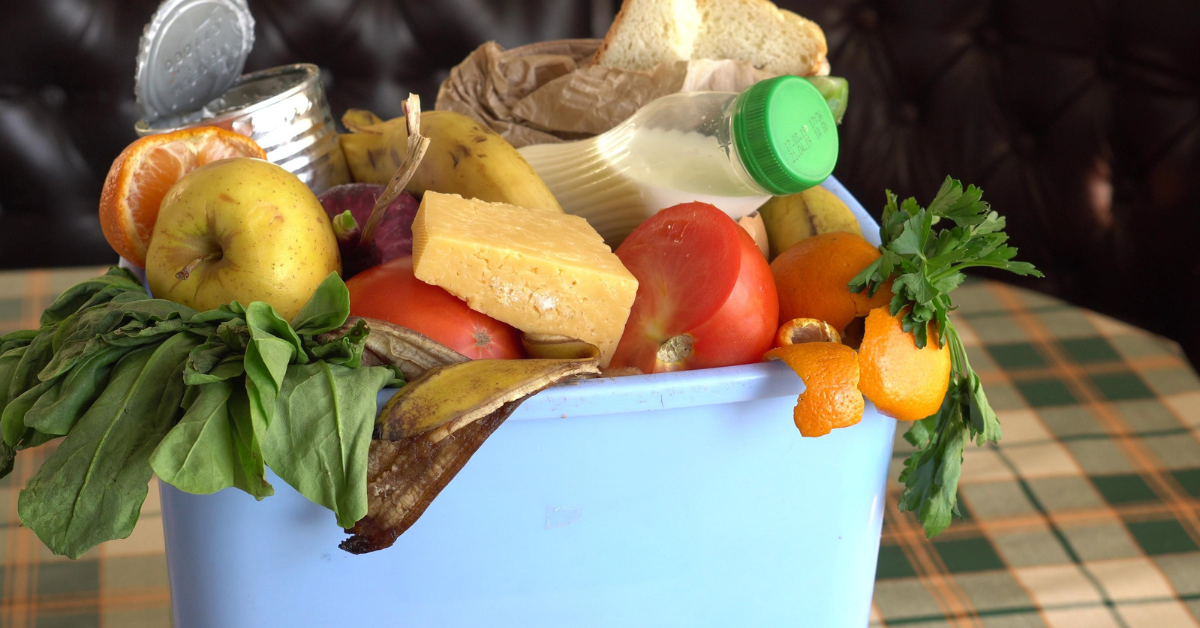Reducing Food Waste in the United States: A staggering statistic
Here’s some “food” for thought: While the world wastes about 1.4 billion tons of food each
year, the United States discards more food than any other country in the world: nearly 40
million tons — 80 billion pounds — each year. That is estimated to be 30-40% of the entire US
food supply and equates to 219 pounds of waste per person. You can help reduce food waste by understanding food labels.
Misunderstanding Food Labels: A Leading Cause of Food Waste
More than 80% of Americans discard perfectly good food because they misunderstand dates on
food labels. The FDA does not require food companies to place dates on food items, except for
infant formula and baby food. The only requirement is that the food is wholesome and fit for
consumption. Use the guide below to better understand the dates on food labels to reduce
food waste.
Best Before vs. Use By: Understanding Food Label Dates
Terms like “best before” and “best if used by/before” are freshness dates. This date refers to
how long the food will be at its best flavor and quality. Baked goods, cereals, snacks, frozen
entrees and canned foods will use this date. This is not a purchase of safety date meaning the
food is still safe to eat after this date. However, foods might start to change taste or texture
after this date.
Perishable foods like meat, yogurt and eggs have a “use by” date. If properly stored, you have
a one week grace period to use the product. Use by dates on yeast or refrigerated dough
indicate how long the product will retain its rising power. Discard infant formula past its
“use by” date as the nutritional value may be compromised.
Sell By Date: What It Really Means
“Sell by” dates on poultry, fish, meat, bread, and dairy products tell the store how long to
display the product for sale. Although the store should pull a product after the “sell by”
date has passed, it is legal to sell the food after this date. Most food is safe to eat for a
week after the “sell by” date. Fresh meat, fish and poultry should be cooked within a day
or two of home refrigeration or placed in the freezer for longer storage. Once frozen, it
doesn’t matter if the date expires because foods kept frozen are safe indefinitely which will help in reducing food waste.
The “sell by” or “expiration date” on egg cartons represents the last day the store may sell
the eggs as fresh. On grade AA eggs, this date can’t be more than 30 days from the date
the eggs were packed in the carton. They are still safe in your refrigerator for 3 to 5
weeks at 40 degrees F or colder.
For more information on food safety visit www.fsis.usda.gov/food-safety.
Do you want to learn more? Check out our Workshops and enroll online!

